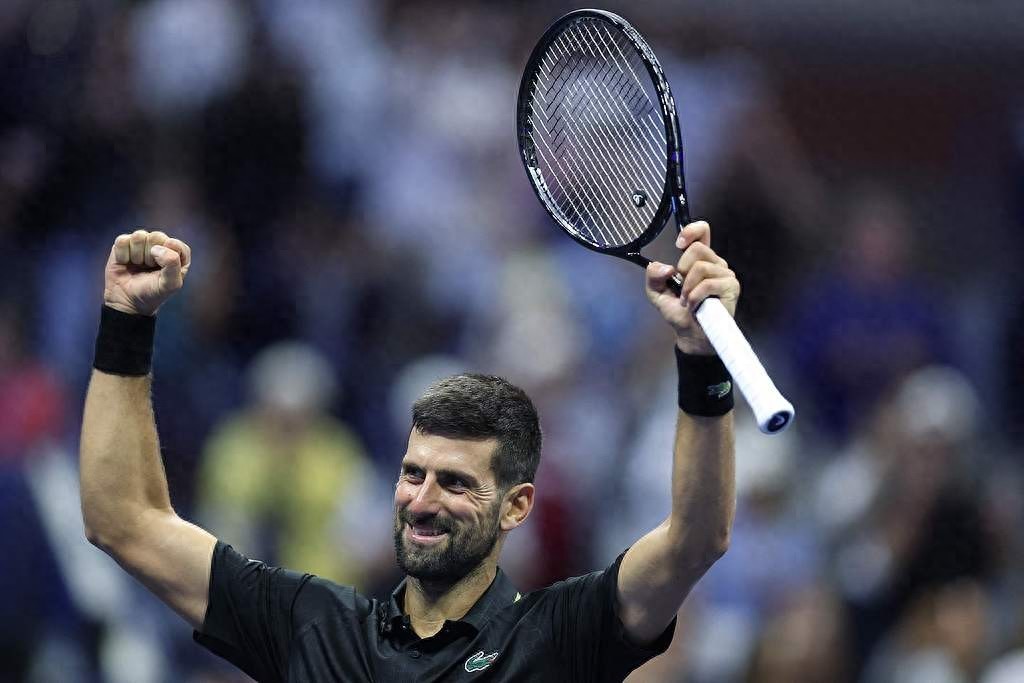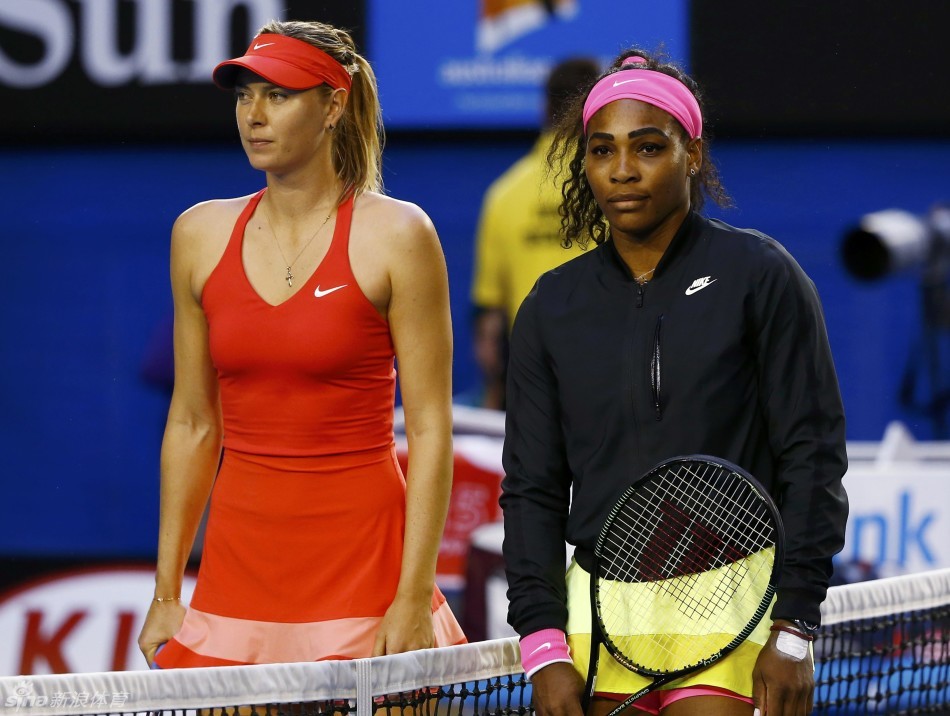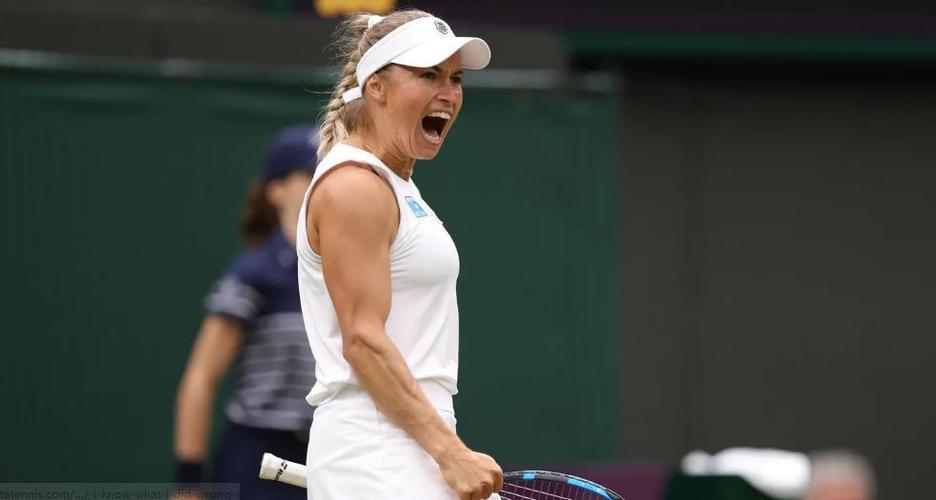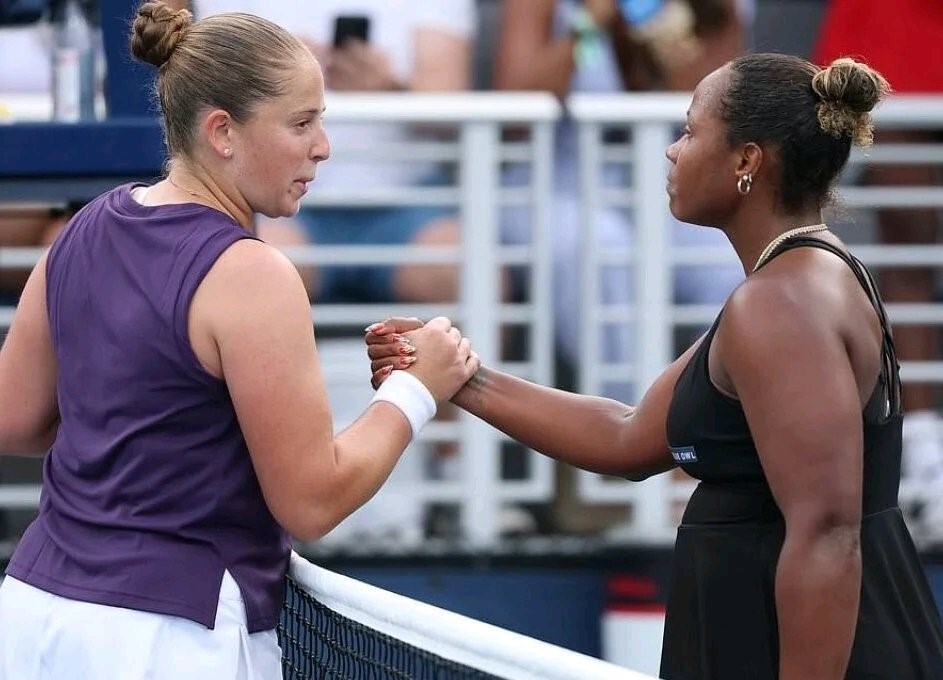Silent War: When the Clash Between Norrie and Djokovic Reflects Gendered Competitive Friendship
In the third round of the US Open, the confrontation between Norrie and Djokovic transcended a mere tennis match, becoming a condensed interpersonal drama. Pre-match, Norrie bluntly said, "Don't let any of Djokovic’s moves affect me"; during play, Djokovic’s medical timeout once again sparked Norrie’s displeasure. This was not their first encounter — in 2022, Norrie accused Djokovic of using Grand Slam direct entry to qualify for the year-end finals; in another match, Djokovic was unhappy with Norrie’s body-targeted shots. Norrie is one of the few male players openly expressing a strained relationship with Djokovic, forming a minority "anti-Djokovic" faction alongside Roddick in men’s tennis.

This phenomenon prompts reflection: why are open conflicts and cold handshakes commonplace in women’s tennis, while male players maintain a facade of harmony? Does this reveal how gender socialization shapes athletes’ emotional expression and interpersonal interactions?

The interpersonal dynamics in men’s tennis exhibit a unique "polite distance," where even after intense competition, players typically embrace and encourage each other, upholding basic etiquette. Beneath this surface harmony lies the constraint of traditional masculine norms — men are expected to "act like men," controlling emotions, avoiding public disputes, and preserving sportsmanship. Djokovic, as a top player, both benefits from and upholds these norms. Although his medical timeouts often stir controversy, most opponents remain silent, with only a few like Norrie daring to speak out.

Norrie’s defiance thus becomes particularly valuable; he refuses to fully comply with the tacit code of silence in men’s tennis, repeatedly challenging Djokovic’s authority and conduct. This resistance is not only about specific incidents but also subconsciously contests an entire set of gendered behavioral expectations. What might be commonplace frankness in women’s tennis stands out as an anomaly in the men’s realm.

In contrast, emotional expression among female tennis players is more direct and varied. Cold handshakes between Serena Williams and Sharapova, heated disputes between Halep and Siegemund, and candid remarks during post-match press conferences are not uncommon on the WTA tour. This difference should not be simplistically attributed to the stereotype of "women being more emotional," but rather seen as society granting different emotional expression permissions based on gender. Women are allowed, and even expected, to display a richer range of emotions including anger, dissatisfaction, and direct conflict; men, on the other hand, are expected to suppress expressions deemed "unmanly."

These gendered differences in expression are deeply rooted in socialization processes. Girls are encouraged to express feelings and build relationships, while boys are taught to be tough, control emotions, and avoid direct confrontations. These patterns are amplified in professional sports: male tennis players learn to mask true feelings with handshakes and hugs, whereas female players are relatively freer to show joy or anger. This is not biological determinism but a result of social construction. Notably, these gender distinctions are gradually blurring among the new generation of players. Young stars like Alcaraz and Sinner display more varied emotional expression than their predecessors; likewise, more female players are emphasizing professional distance. Yet, the conflict between Norrie and Djokovic reminds us that deep-rooted gender norms remain powerful.

Professional sports serve as a mirror to society: interactions on the tennis court reflect not only competition but also societal expectations and control over gender performance. Norrie’s defiance attracts attention precisely because it breaks the emotional expression taboo in men’s tennis, challenging ingrained ideas about "how men should behave." When discussing athlete relationships, we should avoid essentializing gender differences and instead recognize the social constructs behind them. True progress may not lie in men becoming more openly expressive like women, or women becoming more restrained like men, but in all athletes gaining equal freedom to express emotions without the constraints of gender stereotypes.

The ongoing conflict between Norrie and Djokovic goes beyond personal grievances; it acts as a mirror reflecting the gendered emotional politics within professional tennis. While we enjoy thrilling matches, we should not overlook this silent gender struggle — it concerns every athlete’s ability to be their authentic self, regardless of being male or female.(Source: Tennis Home, Author: Xiao Di)







 Links
Links
 Contact
Contact
 App
App


